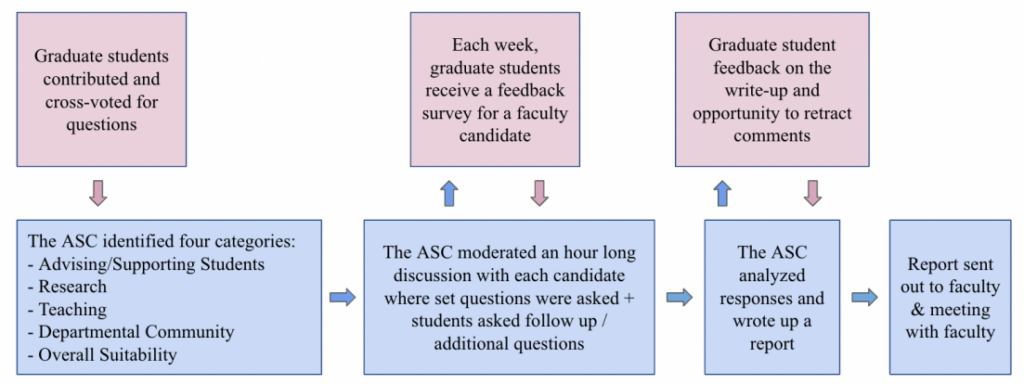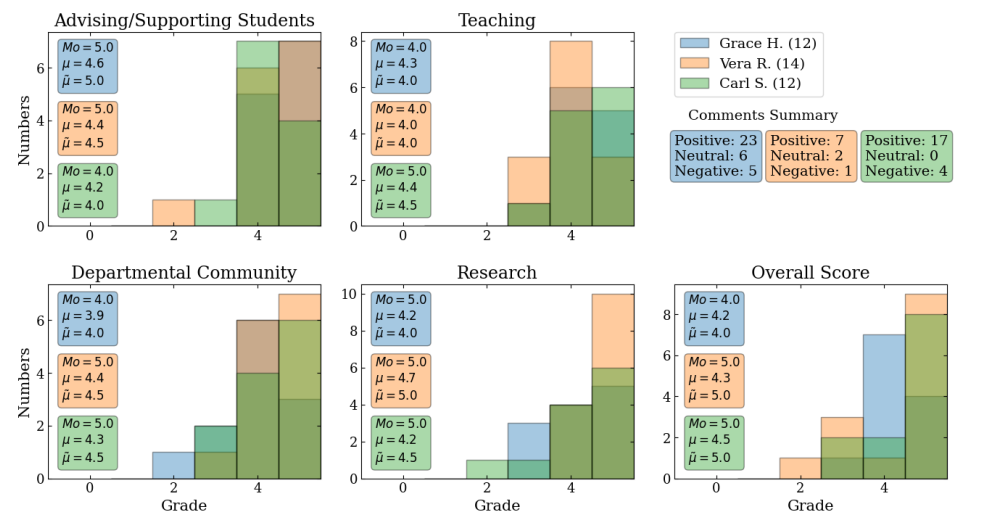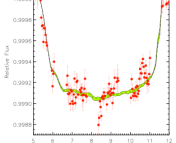Title: A Standardized Framework for Collecting Graduate Student Input in Faculty Searches
Authors: Yasmeen Asali, Konstantin Gerbig, Aritra Ghosh, Christopher Lindsay, Zili Shen, Marla Geha
First Author’s Institution: Department of Astronomy, Yale University, CT, USA; Astronomy Student Council (ASC) at Yale, 2021/22
Status: Posted on the Bulletin of the American Astronomical Society (BAAS) [open access]
Postgraduate academic hiring in astronomy can be a competitive and stressful process. Some of our previous bites (such as this one) have discussed navigating the process from the applicant side. For today’s bite, we look at a paper written by the other side: the hiring committee’s perspective. The structure of the faculty hiring process varies between different departments, a natural result of each individual school’s needs and culture. Along with that, the involvement of graduate students in that process is also highly nonstandard, but maybe it doesn’t need to be. For today’s astrobite, we take a look at a paper outlining the framework used by the Yale University Department of Astronomy to incorporate graduate student input into their recent faculty search.
Graduate student involvement in the faculty hiring process is an important facet that not only benefits the students themselves, but can also benefit the department as a whole. Students get valuable opportunities to peek behind the curtain of the hiring process that they may face down the road, while bringing a unique perspective to the table. As such, today’s authors, representatives from the Yale Astronomy Student Council (ASC) and a faculty advisor, present a standardized framework in the hopes that other universities can incorporate such an objective evaluation method into their own hiring process.
The basis of the Yale ASC’s framework is a survey distributed to the graduate student body—whose results are later summarized to the faculty hiring committee—that allows students to anonymously evaluate candidates after a series of meetings. To standardize the process and ensure that different candidates are being evaluated on the same criteria, the structure of the meetings and the questions of the survey are determined prior to the faculty candidates arriving at the department. The structure they settled on is as follows:
- to evaluate their science goals: graduate students would attend department-wide colloquia presented by the candidate to evaluate their research
- to address non-science contributions and goals: students would participate in an hour-long Zoom meeting with the candidate. During this meeting, the candidate would be asked a series of questions that had been predetermined by polling the student body focusing on “the candidate’s thoughts on advising, teaching, developing departmental community, and their specific impact on the student body”
Following these meetings, students would anonymously grade the candidates on a scale across the aforementioned areas of interest (see Figure 1 for a flowchart of this process).

This would result in a series of quantitative metrics by which the opinions of the graduate students could be succinctly reported to the hiring committee. Additionally, students would have the opportunity to write detailed comments for each of the grading areas in the survey. These comments would then be flagged as positive, neutral, or negative by the ASC, so that the numbers of each type of comment could be summarized as well. In Figure 2, the authors present a sample set of histograms comparing three fake faculty candidates (with randomly generated mock data) as the grades might have been summarized in the real process.

Though the students themselves are not directly involved in the final deliberations of the hiring committee, this method provides a framework by which students can easily be involved in the process and their sentiments can be reasonably efficiently summarized. In the paper, the authors provide more details regarding the specific questions they posed to faculty candidates and provide their analysis code to streamline the process for other departments seeking to emulate that of this work.
Of course, such a framework is not the only option for incorporating graduate students in the hiring process and the authors reference work done in other universities and departments in other fields as inspiration for some of their methods. For example, some departments incorporate student representatives as part of the hiring committee and others employ feedback forms similar in spirit to those used in this work. Additionally, graduate student involvement in the hiring process does not only have to be limited to an evaluative capacity — providing candidates with an opportunity to meet with students is an excellent recruiting tool that can help candidates understand how they might fit into the department culture should they be offered the position.
Whatever the process may be, it is clear that graduate student engagement proves useful for all involved parties, and today’s paper provides an easily replicable model to that end.
Astrobite edited by Katya Gozman
Featured image credit: pixabay




